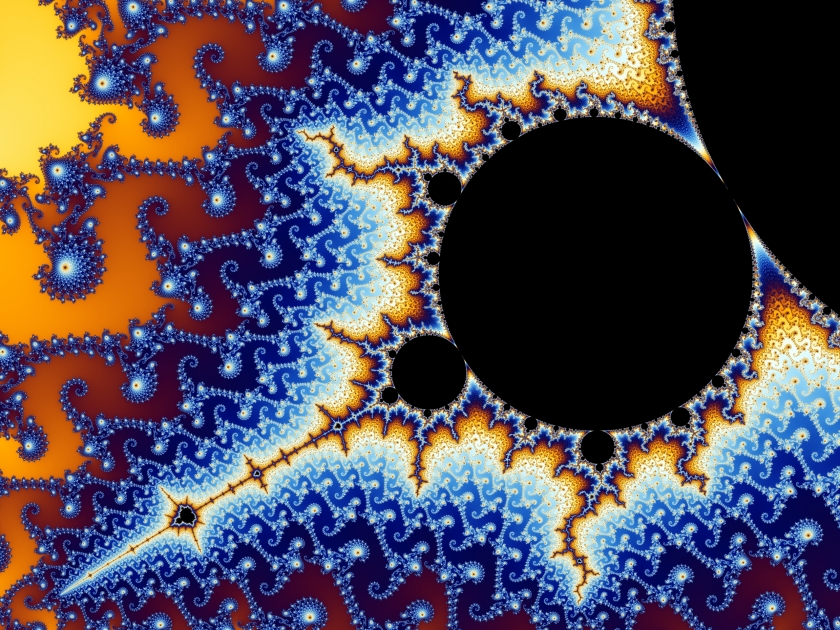In Anatomy and Physiology (LS2 for people familiar with Harvard curricula), one of the first lectures was about scaling and body size. It basically boils down to geometry and physics and I realized this was a fascinating topic. What exactly determines size?
I decided I wanted to learn more, especially since geometry and 3D visualization has never been super intuitive for me. So, like a good student does, I turned to the literature. What started as a mission to figure out what limits body size has turned into a massive and complex idea of comparing and contrasting body size and determining factors in terrestrial vs aquatic animals, and then mammals vs dinosaurs, and real animals vs movie monsters. What started as 3 simple papers on the importance of scaling has morphed into 28 papers ranging from deep-water crustaceans to Godzilla and dragons scattered across my desk, 14 of which I’ve read and 14 I just printed out.
You know how it goes, you read a paper and then you check the references in the back and realize that there are 2 or 3 cited papers that also talk about the subject, so you print those. Then you realize that the original paper is 20+ years old, and you go online and find 2-3 papers that cite the original paper and talk about the topic you’re interested in, so you print those. Then there are papers that are just dead ends and they weren’t really helpful, so you hop to another paper, and on and on it goes.
This reminded me of something: a fractal. Research and knowledge are just like a fractal tree. You start with a question at the base of the trunk and before you know it, you have 28 papers on your desk all originating and circling around that one question.
Side note: If you’ve ever played the Wiki Game, you probably know that if you keep clicking on the first link in an article, eventually you will find your way to Philosophy. Philosophy is Wikipedia’s tree trunk from which everything branches.
At some point, though, you have to draw a line in the sand and say enough is enough. For me, that arbitrary line will be when I think I have learned enough info thoroughly enough to be able to write a decent blog post about my chosen topic.
But what if you don’t draw a line? This is exactly what science is. You start with a question (like, where did we come from?), and you do something – make observations, do experiments, model a system, whatever – and you may find an answer, but chances are you were left with more questions. You do more experiments to find answers to those questions, but then you have more questions from those experiments. And somebody who reads your paper may have different questions, so they have the same starting point but go off in a different direction. And on it goes.
Here’s a nifty visual I’m fond of.

The blue circle is grade school, the green circle is middle school, and the orangey-pink circle is high school. In high school, you might decide you like chemistry more than anything so you take an AP course and become a bit more specialized in chemistry than you were in all the other fields. The orangey-red bit in the fourth circle is undergrad. Then you get to grad school where you read and read and read papers in a specific field until you reach the end of current human knowledge. Lastly, you’ll spend years and years working on your PhD to find something unknown or at least unproven by other scientists, and you’ll find it or prove it. That is your contribution to science. That little pimple of work on the grand circle of knowledge. If enough people work on the edge of the research circle, eventually the diameter will increase, the tree will continue to grow.
I feel like it’s also important to note that branch size doesn’t correlate to significance in these analogies, just distance from the starting point. The work done today is just as or more impactful that the first experiments done millenia ago.
Anyways, back to reading.
Cheers,
Z



